Learn all about the best sources of calcium for kids, and get recipe ideas and sample meals. Whether your kids eat dairy or need nondairy calcium sources, this will set your mind at ease about the nutrient!
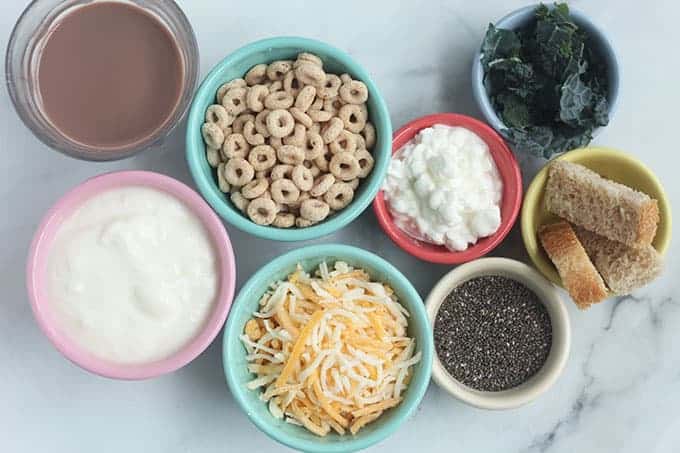
Calcium for Kids
I know there are specific nutrients parents worry about and calcium is one of them. The good news is that once you learn which foods have calcium, it’s pretty easy to be sure you’re offering enough throughout the week.
So know that this post is not meant to stress you out or make you keep a running tally of servings or numbers, but rather to inform you and arm you with basic info so you can feel more confident that the kids are getting what they need!
Table of Contents
How much calcium do my kids need?
Calcium needs increase as kids grow. Here’s a look at the daily calcium requirement by age from babyhood through elementary years (via the NIH). I’m not listing babies under 7 months here because they get enough in breastmilk or formula. It’s only as they start to transition to solids that we need to be a little more aware of offering it.
- 7-12 months: 260 mg
- 1-3 years: 700 mg
- 4-8 years: 1,000 mg
TIP: Generally speaking, these amounts equal 2-3 servings of dairy (or nondairy equivalents) a day, most days. Which is much easier to wrap your head around because who has time to be doing math when you’re trying to make lunch?! (Not me!)
Calcium Deficiency in Children
When a child doesn’t have enough calcium, known as hypocalcemia, there isn’t enough calcium in the blood for the heart and muscles to work properly. Calcium is also needed to ensure proper bone development and growth. Some causes can include premature birth, some medications, and vitamin D deficiency. Johns Hopkins says this “can occur in breastfed babies who are not given vitamin D supplements.”
Symptoms of calcium deficiency can include brittle nails, dry skin, dry hair, muscle cramps, tingling in the fingers and toes, weakened tooth enamel, and seizures—and the best way to know is to have your pediatrician do a blood test to check calcium levels.
Once you know those numbers, your doctor can help you know whether a supplement is in order.
(Vitamin D deficiency can also contribute to bone fractures in older kids and adults, so it’s important to look at more than just this one nutrient.)
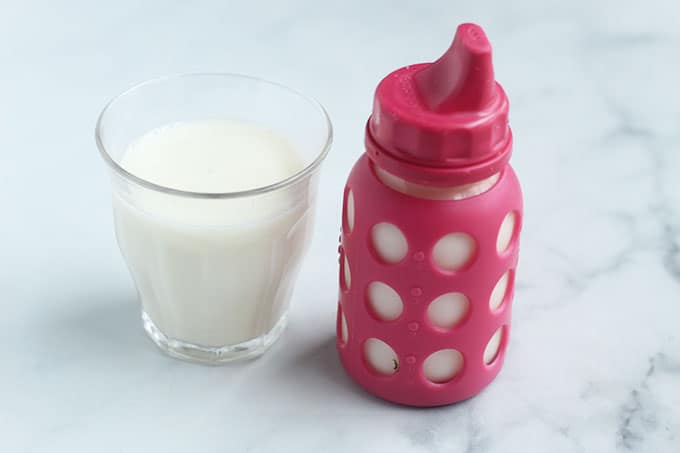
Best Calcium-Rich Foods
The NIH outlines the foods that have the most calcium. Since kids eat a range of portion sizes, you’ll need to adjust depending on how much the kids actually eat or the amount you usually serve, but this is a good place to get an idea of which foods have more calcium than others.
- Baby yogurt, plain (8 oz) 415 mg
- Oj, calcium-fortified (1 cup) 349 mg
- Mozzarella (1.5 oz) 333 mg
- Sardines, canned in oil with bones (3 oz) 325 mg
- Cheddar cheese (1.5 oz) 307 mg
- Milk (1 cup) 299 mg
- Soy milk, calcium-fortified (1 cup) 299 mg
- Tofu, firm (½ cup) 253 mg
- Salmon, canned with bones (3 oz) 181 mg
- Cottage cheese (½ cup) 76 mg
- Breakfast cereal for kids (such as Cheerios), fortified (½ cup) 130 mg
- Bread, fortified (1 slice) 73 mg
- Corn torilla (6-inch) 46 mg
- Flour tortilla (6-inch) 32 mg)
- Broccoli (½ cup) 21 mg
- Kale (½ cup) 12 mg
TIP: As you can see, dairy foods and fortified foods are typically highest in calcium (which can be easy to remember!).
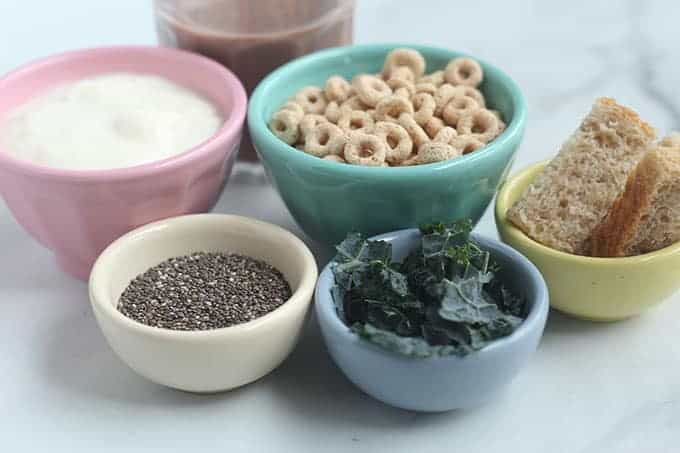
Best Nondairy Calcium Sources
If your child is vegan or has a dairy intolerance, or is simply a toddler who doesn’t drink milk, here are some nondairy sources of calcium that you can include in their diet to ensure they are getting enough. Always check the label, as individual brands may vary.
- Soy milk, calcium fortified (1 cup) 299 mg
- Nondairy milk (check the label to be sure it’s fortified—some are, some aren’t), amount varies
- Tofu for kids, firm (½ cup) 253
- Salmon, canned with bones (3 oz) 181 mg
- Oj, calcium-fortified (½ cup) 175 mg
- Soy yogurt (¾ cup) 160 mg
- Breakfast cereal (such as Cheerios), fortified (½ cup) 130 mg
- Sardines, canned in oil with bones (1 oz) 108 mg
- Bread, fortified (1 slice) 73 mg
- Corn torilla (6-inch) 46 mg
- Flour tortilla (6-inch) 32 mg
- Broccoli (½ cup) 21 mg
- Kale (½ cup) 12 mg
TIP: The American Academy of Pediatrics recommends we keep children’s juice intake to 4 ounces or less each day, so keep that in mind with the orange juice.
Best Milk for Toddlers
If you’re wondering which dairy or nondairy type of milk to offer your kids, you can find the full information in this Milk for Toddlers post. Experts at the Mayo Clinic also advise against letting the kids have more than 24 ounces of milk in a day (or three 8-ounce servings) as any more than that could negatively impact the body’s ability to absorb iron-rich foods.
That much milk could also make them less hungry for other foods.
Does my toddler need a calcium supplement?
Supplements are a very personal decision, and decisions about them should be based on your unique child and made in consultation with your pediatrician. Reach out to them for advice or plan to discuss it at your next checkup.
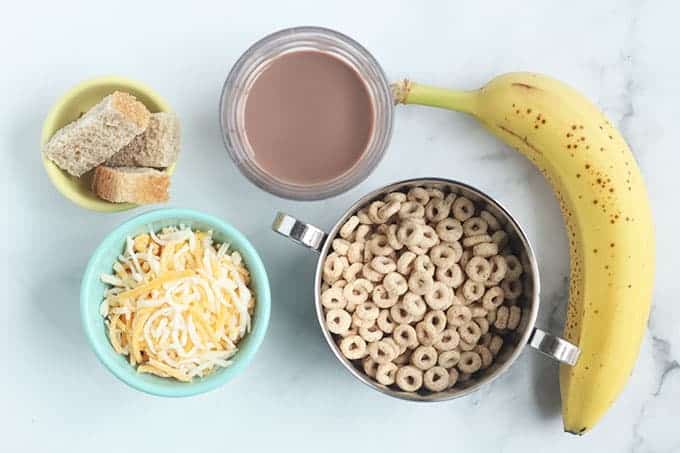
Sample Servings of Calcium for Kids
To help reassure you that many, if not most, kids are getting adequate calcium each day or to simply share some examples of what “enough” looks like, here are some examples of foods eaten in one day that would roughly meet the recommended daily amount of calcium for kids.
- 1 cup milk, 1 cup fortified breakfast cereal, 1 oz shredded cheese, 1 slice fortified bread
- 2.5 cups milk
- 2 cups milk, ½ cup fortified orange juice
- 1 cup yogurt, 1 cup milk
- ½ cup yogurt, 1 cup nondairy milk, ½ cup fortified orange juice, 2 quesadillas
- Green smoothie for kids with nondairy milk, grilled cheese sandwich
TIP: I know I already said this, but simply aiming for 2-3 servings of dairy (whether or not that includes milk) most days is the easiest way to get their calcium needs—or fortified nondairy equivalents.
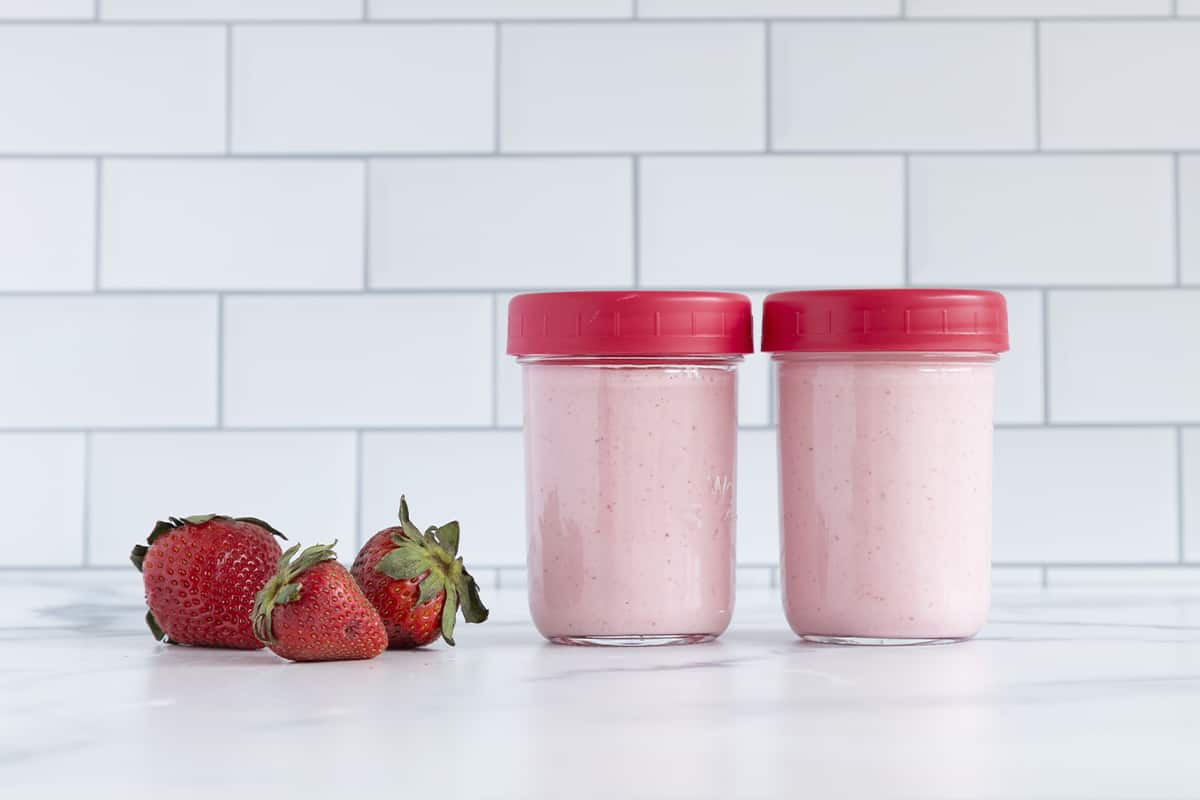
Best Calcium-Rich Recipes for Kids
Here are some of my favorite calcium-rich, kid-friendly recipes if you are wondering what you can give your child for calcium. There are a lot to choose from, so I hope this gives you a few more ideas to have in the mix!

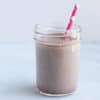

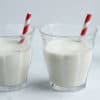


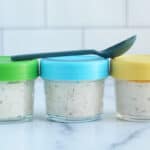



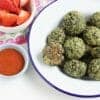
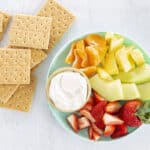

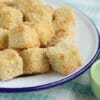



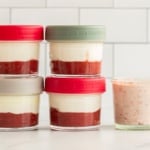


Related Stories
If you have any additional questions on calcium and kids, please comment below.
This post was first published December 2020. It is not meant as a substitute for medical advice.
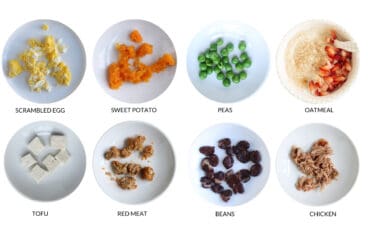
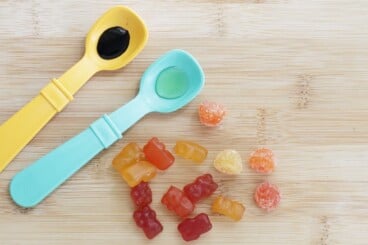
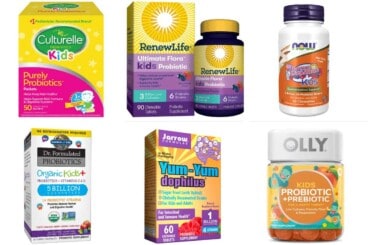
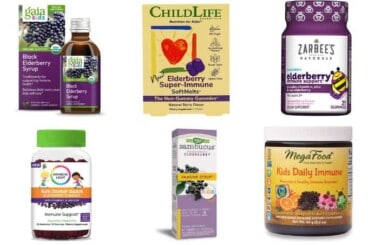


















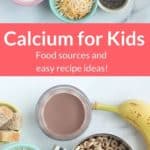
All comments are subject to our Terms of Use.